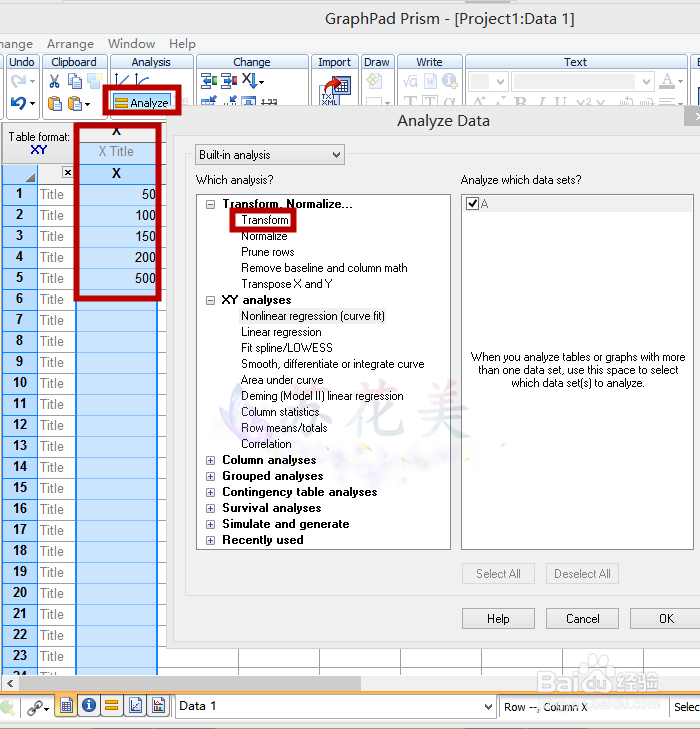

As a result of these proarrhythmic side effects, a range of structurally unrelated drugs, including antihistamines, antibiotics, and antipsychotics were withdrawn from the market. Drugs that block K v11.1 are the most common cause of acquired long QT syndrome, where drug-induced prolongation of repolarization can result in the fatal polymorphic cardiac arrhythmia torsade de pointes. The voltage-gated potassium channel subtype 11.1 carries one of the main repolarizing currents that contribute to the cardiac action potential-the rapid component of the delayed rectifier current ( I Kr) ( Perrin et al., 2008b). It also provides a novel method for quantifying the state dependence of K v11.1 drug binding that will facilitate the development of more complete models of drug binding to K v11.1 and improve our understanding of proarrhythmic risk associated with compounds that block K v11.1. Our work therefore identifies how state preferential drug binding is a major determinant of the protocol dependence of IC 50 values measured in preclinical K v11.1 assays. Furthermore, we also show that the preference of a drug for binding to the open versus the inactivated state of K v11.1 can also be inferred from differences in IC 50 values measured between protocols. We show for the first time that differences in IC 50 measured between protocols occurs in a predictable way, such that machine-learning algorithms trained using a selection of simple voltage protocols can indeed predict protocol-dependent potency. Our data demonstrate that state preferential binding, together with drug-binding kinetics and trapping, is an important determinant of the protocol dependence of K v11.1 block. In this study, we aimed to investigate the factors that contribute to these differences and to identify whether it is possible to make predictions about protocol-dependent block that might facilitate the comparison of potencies measured using different assays. A shortcoming of this approach is that the measured IC 50 of K v11.1 block varies widely depending on the voltage protocol used in electrophysiological assays. Current guidelines around preclinical screening for drug-induced arrhythmias require the measurement of the potency of block of voltage-gated potassium channel subtype 11.1 (K v11.1) as a surrogate for risk.


 0 kommentar(er)
0 kommentar(er)
